Asus Maximus XIII Apex as a real OC weapon
Now I’d like to talk a bit about how I fared at the last competition, what challenges I faced and how the Asus Maximus XIII Apex made overclocking easier for me in many ways. Asus kindly provided us with the motherboard and as a predestined RAM overclocking monster I immediately hijacked it for a few days of HWBOT competition grinding.
Probably the most important feature of all for RAM-OC is the “Safe Boot” button, i.e. a button with the function to boot the system with the default settings and go directly into the BIOS without resetting all settings. If the system should not be able to boot due to too aggressive settings, one does not have to wipe the entire BIOS via CMOS Clear as with most boards, but can adjust the individual faulty settings directly and try booting again.
Although there is now an automatic recovery function on many platforms, where the board automatically switches to such a safe mode after about 5 failed boot attempts, in practice this unfortunately does not always work reliably. Therefore many manufacturers have copied the feature from Asus, be it “Limp-Mode” at Gigabyte, “BFG” at ASRock or or, because for overclocking this feature is an absolute must-have, at least in my opinion and I therefore hope that it will soon find a place on more mainstream boards to make them more attractive for overclocking.
In addition, the Maximux XIII Apex of course has two BIOS chips that you can manually switch between, a “Retry” button to cold restart the system, a search function in the BIOS with the F9 key and various software tools to change BIOS settings from within the operating system at runtime, like TurboV and MemTweakIt. Chasing benchmark high scores has rarely been more comfortable.
The only icing on the cake that Asus could have added to the board would be onboard buttons to change the BCLK, as similar products from other manufacturers like to implement to make runtime fine-tuning even easier and less complicated.
Speaking of improvements, unfortunately, as with so many boards, the search for an up-to-date BIOS consists of crawling various forum threads on sites like overclock.net or the HWBOT forum until you purely happen to find posts from an Asus engineer who provides beta BIOS states there for testing. Often these unofficial versions have improvements and tweaks that make overclocking easier, so these posts from community members like elmor or safedisk are pure gold – Thanks for that!
To simplify access to such BIOS versions, I would suggest a “BETA” menu on the support page directly at Asus, where such BIOS versions would be made available for download. That way you could at least be sure that the author is really the manufacturer and not “anyone” on the internet. With a clear disclaimer that no support would be provided for these BIOS states and that the responsibility is up to the user himself, this might be a reasonable solution for all parties involved.
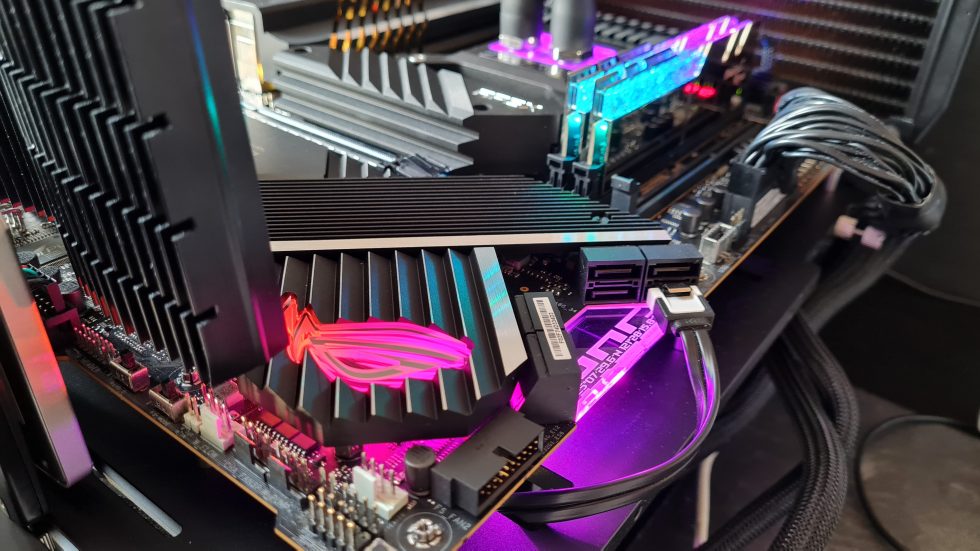
And speaking of BIOS, here it would be even cooler if there were no artificial limits for individual voltages that you can only bypass with LN2 mode. Because whether I as a user can apply 2.0 V or 2.4 V RAM voltage, is actually hopped as jumped. And with other non-limited voltages, you can fire your hardware over the silicon Jordan anyway.
On the other hand, if you have to activate the LN2 mode to overcome this limit, you run an even greater risk of damaging the hardware with the standby voltages that are set higher by default. So Asus, please omit the limits even in non-LN2 mode, or implement them as soft limits like in Vcore, where you also have to disable monitoring. Then the BIOS of the Maximus XIII Apex would really be perfect!
This almost sounds like a mini-review, but often such practical examples are more meaningful than any synthetic test. And since the competition’s counterparts are unfortunately still caught between development and component shortages before launch, the Maximus XIII Apex is clearly the best choice for Rocket Lake overclocking right now.
In my daily system I’ve been using the predecessor Maximus XII Apex since the launch of Comet Lake, where a 10900KF at 5.4 GHz core and 5.2 GHz cache with direct-die cooling and 1.5 V LLC7, paired with 2x 16 GB dual-rank G.Skill 3200 CL14 RAM overclocked to 4266 CL16 is purring away. So even for daily use with occasional OC escapades, the Apex series is perfectly suited.
The Asus Maximus XIII Apex motherboard was provided to us by Asus without obligations. Moreover, there was no influence exerted on the results.















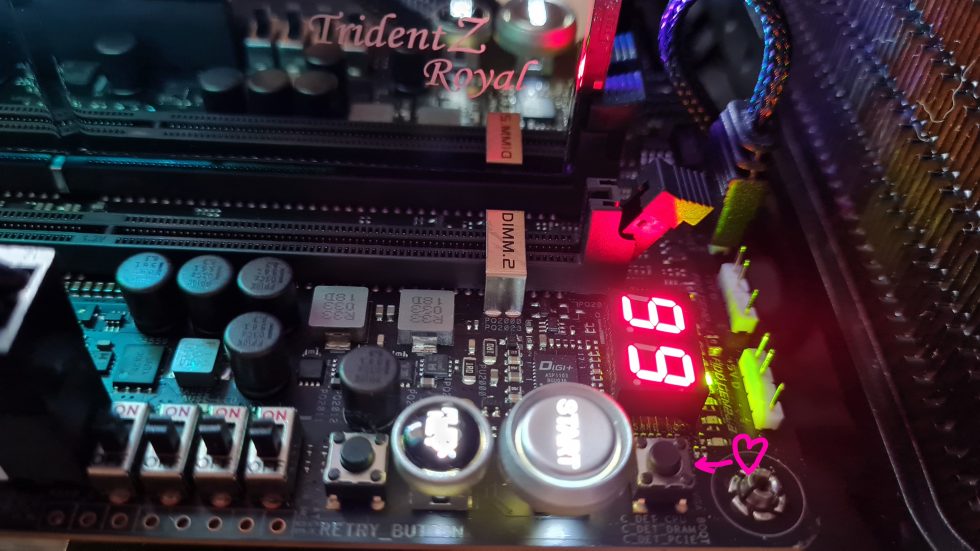
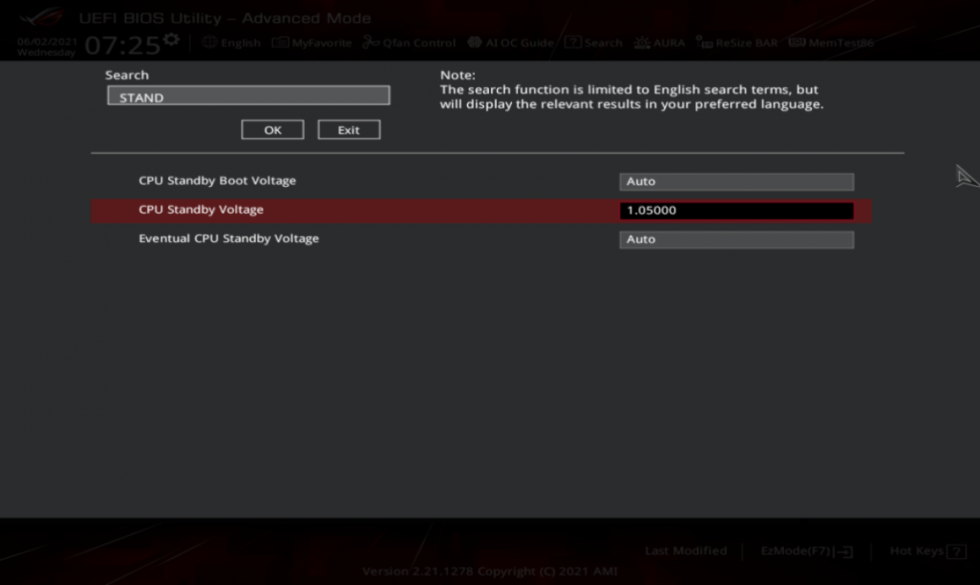
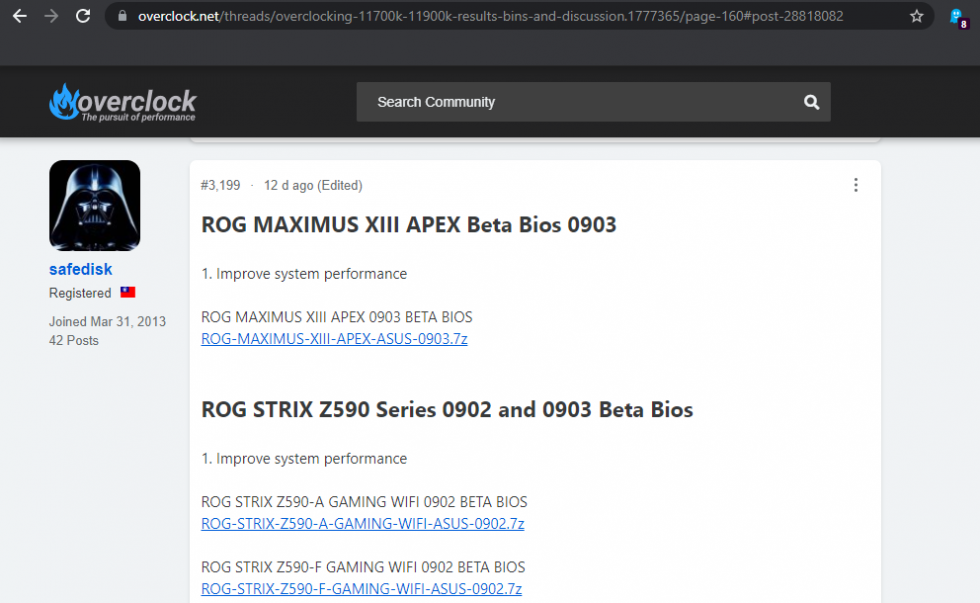
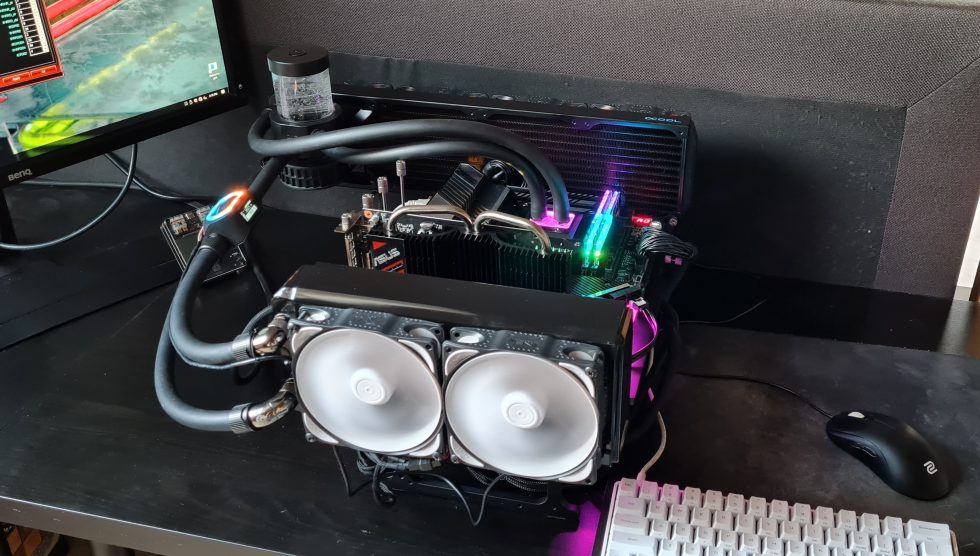

















4 Antworten
Kommentar
Lade neue Kommentare
Urgestein
Veteran
Urgestein
Moderator
Alle Kommentare lesen unter igor´sLAB Community →